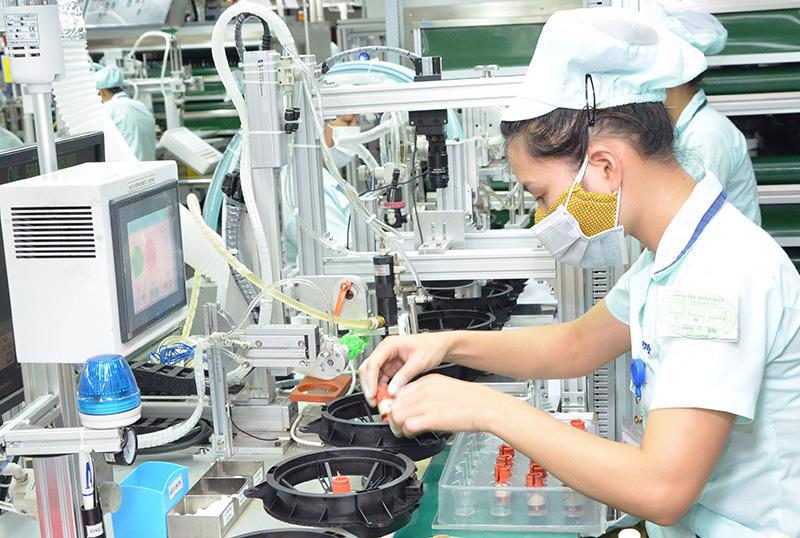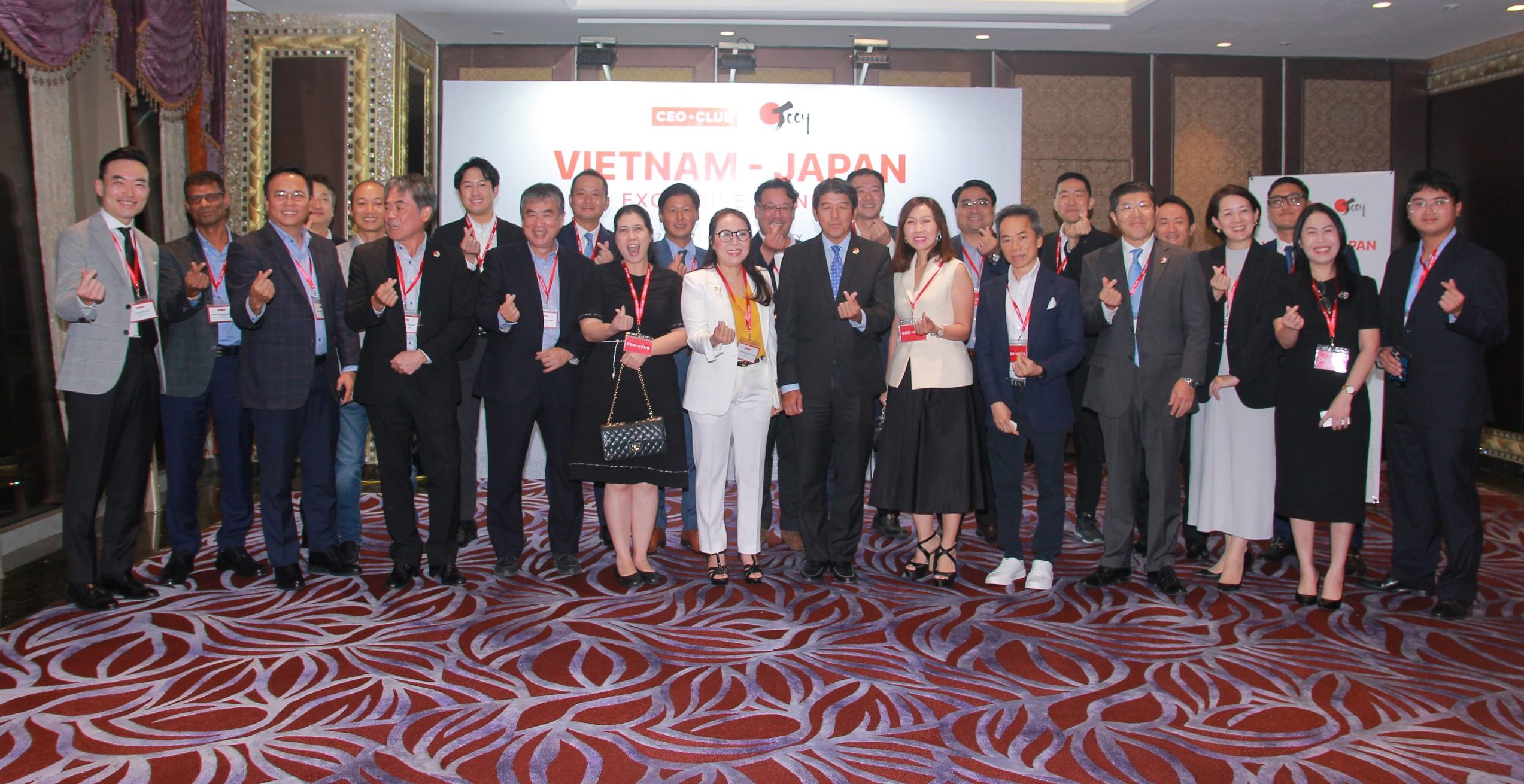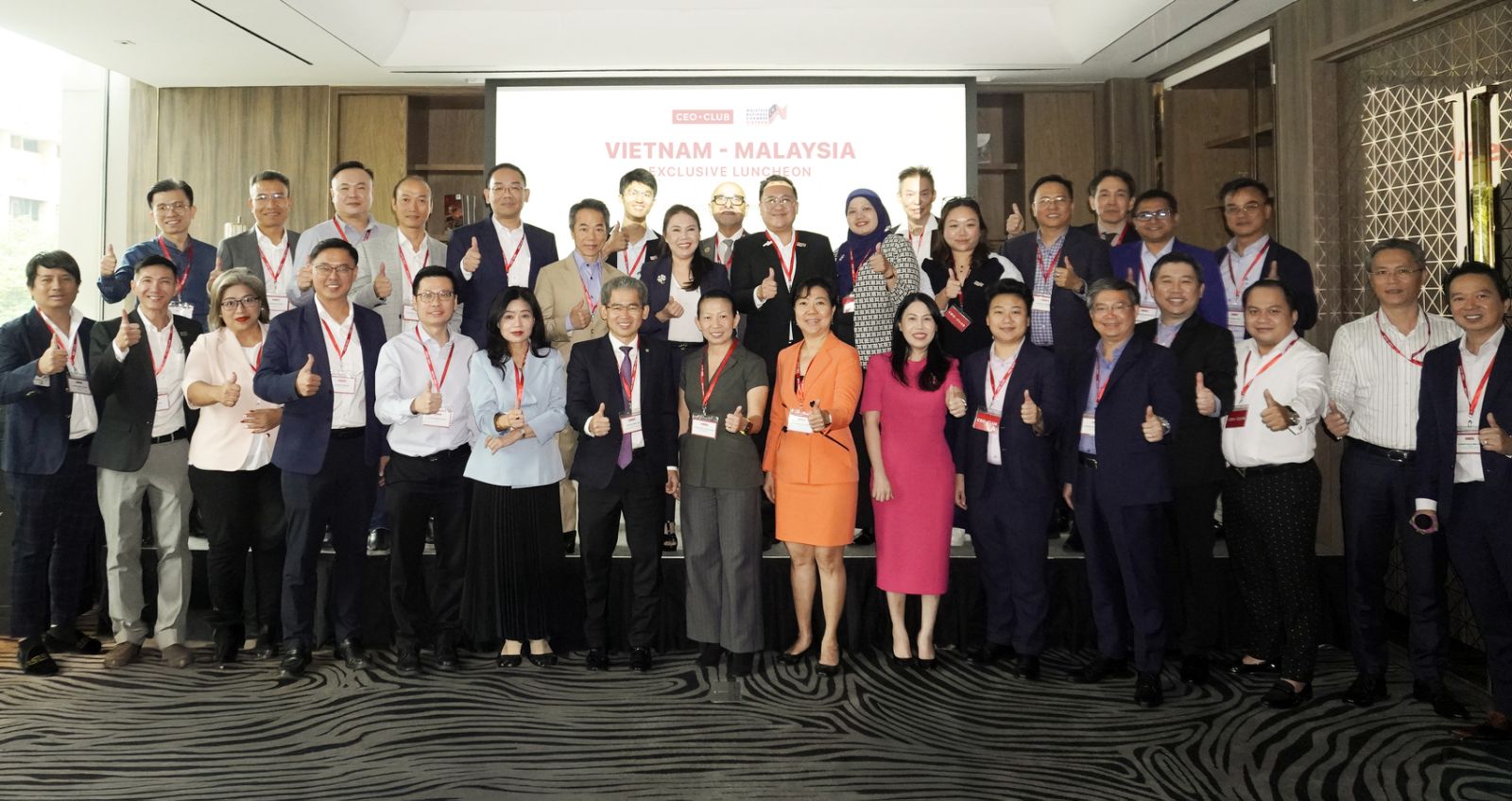Additional FDI saw a surprising surge in September, driving total foreign investment in the first nine months to nearly $25 billion.

The Foreign Investment Agency (FIA) at the Ministry of Planning and Investment has reported that, as of September 30, total newly-registered capital, additional capital, and capital contributions and share purchases by foreign investors in 2024 exceeded $24.78 billion, representing an 11.6 per cent increase compared to September 2023.
Additional capital up significantly
One notable trend was the substantial increase in additional capital. In September alone, three major projects saw capital adjustments ranging from over $200 million to nearly $1 billion, contributing more than $1.5 billion in additional investment. This brought total additional capital for the 1,027 projects that have raised their funding since the beginning of the year to over $7.64 billion, marking a 48.1 per cent increase year-on-year.
Though newly-registered capital did not grow as sharply as additional capital, it still rose 11.3 per cent year-on-year. Over the first nine months of 2024, 2,492 new projects were licensed, attracting more than $13.55 billion in investment.
In contrast to growth in newly-registered and additional capital, capital contributions and share purchases by foreign investors declined. There were 2,471 such transactions over the first nine months, with a total value of nearly $3.59 billion, down 26.2 per cent year-on-year.
The steady growth in newly-registered and additional capital since the start of the year led to an increase in average investment scale for new projects, from $4.68 million per project in September 2023 to $5.44 million per project in the first nine months. Similarly, the average scale of capital adjustments rose from $5.39 million per adjustment in the first nine months of 2023 to $7.44 million during the same period of 2024.
According to the FIA, these trends are indicators that foreign investors continue to view Vietnam as a key long-term investment destination.
New investment, additional capital, and capital contributions and share purchases totaled nearly $4.26 billion in September; the highest monthly result this year and accounting for 17.2 per cent of total investment over the first nine months. Additional capital also reached a peak for the year, with projects receiving as much as $1.5 billion in expanded investment.
On the export front, the FIA estimates that the FDI sector, including crude oil, generated more than $217.4 billion in export revenue, a 14.1 per cent increase year-on-year and accounting for 72.1 per cent of the country’s total export turnover. Excluding crude oil, exports were estimated at nearly $216 billion, up 14.1 per cent and representing 71.6 per cent of the total.
Meanwhile, the FDI sector saw imports rise to nearly $179.5 billion, a 17.5 per cent increase year-on-year and accounting for 63.7 per cent of the country’s total import turnover.
Overall, the FDI sector posted a trade surplus of nearly $38 billion, including crude oil, and over $36.5 billion excluding crude oil, in the first nine months of 2024. Conversely, the domestic sector recorded a trade deficit of nearly $18.2 billion.
Surge in manufacturing and processing investment
FIA figures show that numerous significant projects in sectors such as semiconductors, energy (including battery, photovoltaic cell, and silicon bar production), electronic component manufacturing, and high-value-added products saw new investments and additional capital in the first nine months.
Data reveals that foreign investors put capital into 18 out of the 21 economic sectors in Vietnam. The manufacturing and processing sector led, with nearly $15.64 billion in total investment, making up almost 63.1 per cent of the total registered capital, though this represented a slight decrease of 0.4 per cent compared to the same period last year.
The real estate sector followed, attracting over $4.38 billion in total investment, or nearly 17.7 per cent of the total registered capital and more than 2.2-fold higher than in the same period last year. Next were electricity generation and distribution, and the wholesale and retail sectors, with registered capital of approximately $1.12 billion and over $920 million, respectively.
In terms of project numbers, the wholesale and retail sector led with the highest percentage of new projects, at 35 per cent, and in capital contribution transactions, with 41.7 per cent. Meanwhile, the manufacturing and processing sector recorded the highest number of capital contribution transactions, accounting for 66.8 per cent.
Mr. Eric Nguyen, a member of the Vietnam Germany Innovation Network, observed that Vietnam is becoming increasingly appealing to leading global tech companies. “The restructuring of the global chip supply chain presents opportunities for Vietnam to attract investments in this area,” he noted. “The current challenge is to establish common ground with foreign investors before they finalize their supply chains or partners.”
Vietnam has indeed garnered interest from major corporations such as Apple, Google, IKEA, and Nike. Representatives from these companies have emphasized that when selecting investment locations, factors such as political stability, quality infrastructure, reliable power and water supply, and human resources are crucial.
This focus on key factors explains why investment capital is heavily concentrated in cities and provinces with distinct advantages in attracting foreign investment, including robust infrastructure, a stable workforce, streamlined administrative processes, and proactive investment promotion efforts. Notable localities in this regard include Hanoi, Ho Chi Minh City, northern Hai Phong city and Bac Ninh, Quang Ninh, Bac Giang provinces, southern Ba Ria-Vung Tau, Binh Duong, and Dong Nai provinces, and south-central Ninh Thuan province.
Bac Ninh stands out, with total registered capital exceeding $4.5 billion year-to-date, representing 18.2 per cent of all investment and 3.47-fold higher than in the same period last year. Ho Chi Minh City followed, with over $1.91 billion, accounting for 7.7 per cent of the total and down 15.1 per cent year-on-year. Quang Ninh ranked third, with total registered capital exceeding $1.81 billion, or 7.3 per cent of the total, then Ba Ria-Vung Tau, Binh Duong, and Hanoi. Together, these ten localities accounted for 80.1 per cent of all new projects and 72.9 per cent of total investment in the first nine months of the year.
Ninety-eight countries and territories invested in Vietnam during the period, with Singapore leading the way with over $7.35 billion, or nearly 29.7 per cent of the total and marking a 69 per cent increase year-on-year. China was in second place, with over $3.2 billion, or 13 per cent of the total and down 4.5 per cent from last year, followed by South Korea, Hong Kong (China), and Japan.
In terms of project numbers, China had 29.3 per cent of new investment projects, while South Korea topped the list in additional capital adjustments, with 23.9 per cent, and capital contributions, with 25.6 per cent.
Anh Nhi (Source: en.vneconomy.vn)


